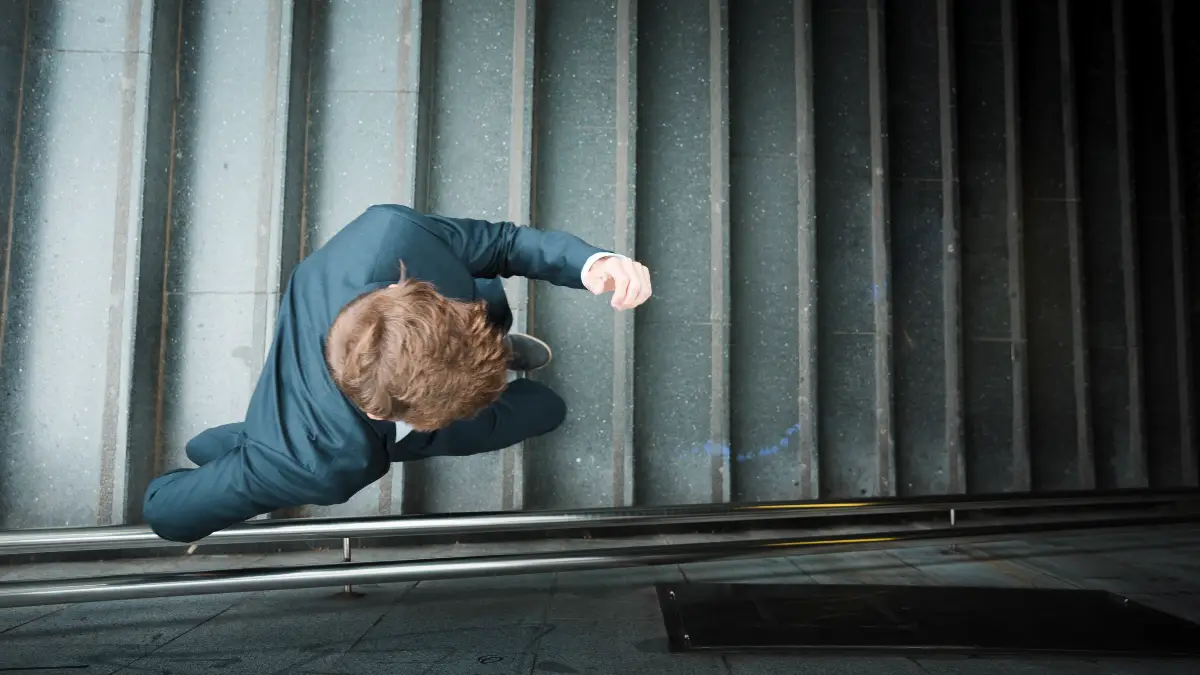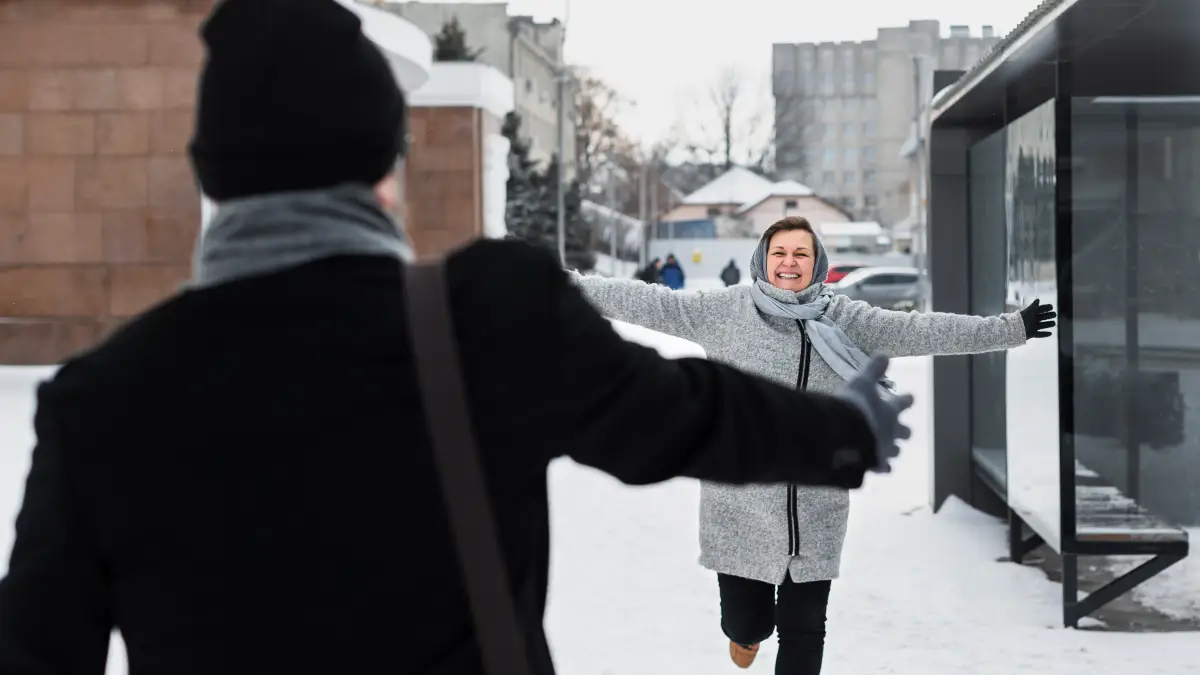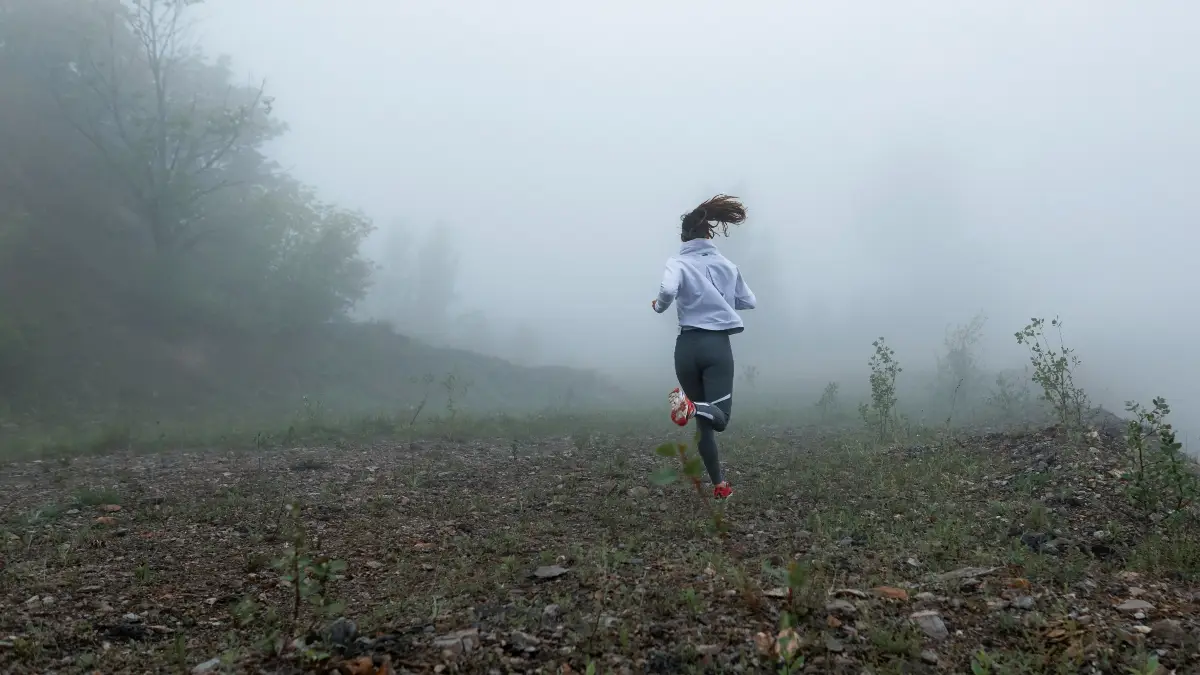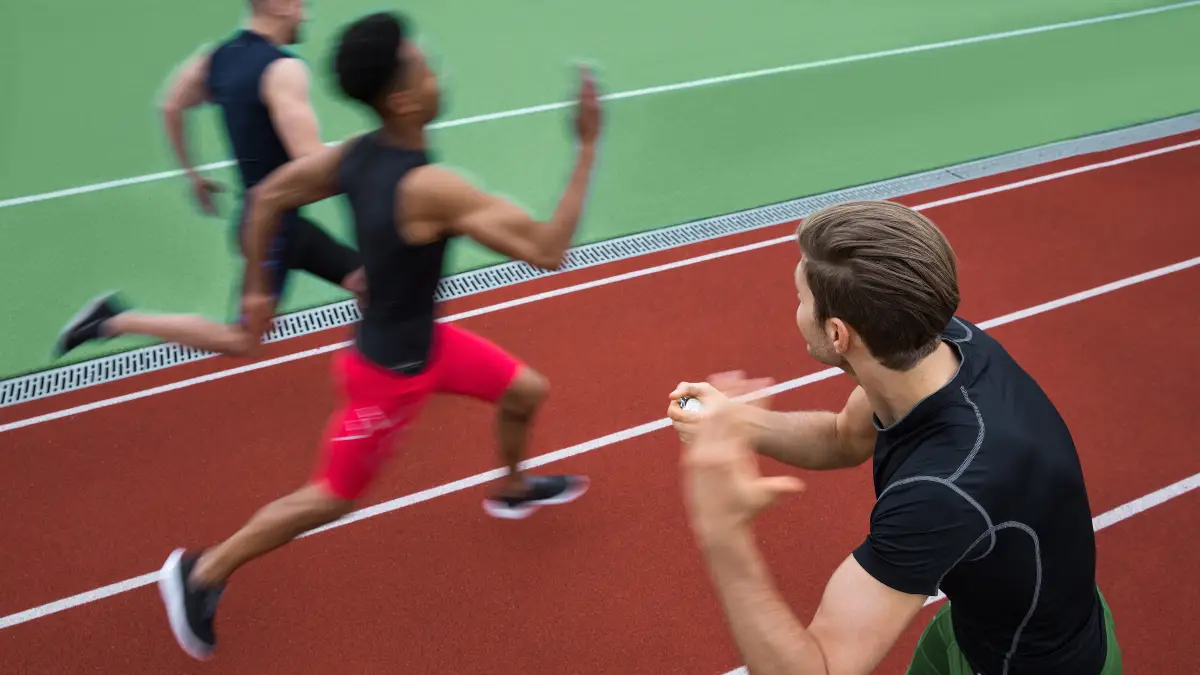“Just run away” might be the most common self-defense advice ever given. It also might get you killed.
While your instinct to flee danger seems logical, self-defense experts now warn this oversimplified approach ignores critical realities of violent encounters. Most victims already had working legs—yet running didn’t save them.
The truth? An attacker can close 21 feet in 1.5 seconds—faster than most people can turn and flee. Your brain needs valuable seconds to process danger. And turning your back exposes your most vulnerable side.
Running remains the ultimate goal, but rarely works as your first move. Here’s what actually saves lives.
The Mathematics of Escape Failure

You might think you can outrun danger. The numbers tell a different story.
Research shows attackers typically run 20-30% faster than their victims. A study by Marathon Handbook found the average male attacker can sprint at 15-19 mph, while the average person they target moves at just 10-14 mph.
This speed gap means someone chasing you will catch up within seconds. Your brain creates another problem reaction time. When threatened, your brain needs 0.5-1.5 seconds to process what’s happening before your body starts moving.
During this delay, an attacker already in motion gains critical ground. By the time your feet start moving, they’ve closed much of the gap. The famous Tueller Drill proves this point.
A knife-wielding attacker can cover 21 feet in just 1.5 seconds – faster than most people can turn and start running. Law enforcement trainers now consider this the minimum safe distance needed before turning your back on a threat.
Anything less is too close. Real-world environments make escape even harder. Stairs slow you down by 50%. High heels increase running time by 40% or more. Icy sidewalks, crowded spaces, and unfamiliar buildings with locked exits create obstacles that make perfect escape conditions rare.
A 2025 analysis by Krav Maga experts tested these factors. They found that when factoring in reaction time, speed differences, and environmental barriers, successful escape required at least:
- 30+ feet of distance from the threat
- Clear path without obstacles
- Proper footwear and clothing
- Superior fitness to the attacker
Without these conditions, running often puts you in more danger, not less.
The Biological Trap: Fight, Flight, Freeze Responses

When faced with danger, your body takes over in ways that can work against you.
Your brain’s threat center (the amygdala) floods your system with stress hormones. You lose about 30 IQ points worth of thinking ability. Blood flow shifts away from your “thinking brain” to prepare for survival.
This makes it harder to make good decisions exactly when you need them most. Research published in Nature shows that under threat, your brain limits options to basic survival responses fight, flight, or freeze.
The freeze response is particularly dangerous in self-defense situations. Studies show 13% of people freeze completely when threatened and cannot shift into action. Your body literally stops responding to commands to move.
Even if you don’t fully freeze, your brain can lock up with what scientists call “decision paralysis.” When facing multiple escape options (run left? right? fight? hide?), the stressed brain often can’t choose.
A 2021 study in Frontiers in Psychology found that people under threat took 3-5 times longer to make decisions than when calm. Those precious seconds can be the difference between safety and harm.
Fear itself makes running harder. Your body actually becomes less efficient when scared. Research on runners found that high stress caused:
- Shorter steps
- Higher, faster breathing
- Tighter muscles
- Reduced coordination
- Greater energy use
Police officers, even with extensive training, show a 20-30% drop in physical performance under stress. For untrained civilians, the drop is even steeper.
This helps explain why many victims report feeling like they “couldn’t move” or “ran in slow motion” during attacks. It wasn’t their imagination – their body’s alarm system actually hindered their escape.
Seven Situations Where Running Becomes Deadly

1. Insufficient Distance from the Threat
If you’re within 21 feet of an attacker, running is often too slow. The Tueller Drill, proven through decades of law enforcement testing, shows a person can cover 21 feet with a knife before most people can turn and get away.
For guns at close range, FBI data shows 62% of officers killed were shot within just 10 feet. You need at least 21-30 feet of space to have a fighting chance at running safely.
2. Environmental Constraints That Trap You
You can’t run from danger on airplanes, elevators, or crowded buses. Attacks in these spaces happen regularly. Crowded places with limited exits create deadly bottlenecks.
Even open spaces can be traps – running aimlessly in an active shooter situation can make you an easier target than finding cover. Terrain itself becomes a problem. Stairs cut your speed in half.
Ice, snow, and uneven ground increase your chances of falling. Even flat surfaces in unfamiliar buildings present obstacles – furniture, closed doors, and wrong turns that waste precious seconds.
3. Protective Responsibilities You Cannot Abandon
Running becomes impossible when you’re with family members who can’t keep up. Children, elderly parents, or friends with disabilities won’t match your pace. Parents faced with leaving children behind or staying to protect them universally choose to stay.
Teachers in active shooter situations face this impossible choice with their students. Research by the Model Mugging organization shows that protective responsibilities fundamentally change self-defense choices.
Creating an escape plan that leaves vulnerable people behind is rarely an option people choose when it matters most.
4. Physical Limitations You Cannot Overcome
If you’re not fit enough to outrun an attacker, running can make you more vulnerable. The attacker gets first contact, often grabbing or striking before you can create distance.
Starting to sprint after being hit is harder when adrenaline masks pain but doesn’t fix injuries. Clothing and footwear matter more than people realize. High heels can slow running speed by up to 40%.
Tight professional clothing limits movement. Even factors like age and fitness level create huge disadvantages – average sprint times for women are 9-11% slower than men, creating additional risk when female victims face male attackers.
5. Multiple Attackers with Positional Advantage
When surrounded by multiple threats, running in any direction takes you toward at least one attacker. Research on predatory violence shows coordinated attackers intentionally position themselves to block escape routes.
Studies of criminal behavior document how accomplices position as “blockers” while the primary aggressor makes contact. Multiple threats also overload your brain.
Trying to track several moving attackers while planning an escape route exceeds what most people can process under stress.
6. Weapons That Make Distance Irrelevant
Running from a firearm at close range can be deadly. While zigzag movement helps reduce accuracy, a gun can be fired in 0.38 seconds.
Creating the safety distance needed (60+ feet) takes 4-6 seconds of running – often impossible given speed differences between you and the attacker.
Bureau of Justice Statistics research shows victims who tried to run from armed robbers were actually MORE likely to be injured than those who complied. When weapons are involved at close range, turning your back often increases danger.
7. The Predator Drive Your Flight Activates
Running can trigger an attacker’s chase instinct, turning what might have been a robbery into a violent pursuit. Movement away signals vulnerability and fear – exactly what predatory criminals look for when selecting targets.
Studies show that fleeing prey activate pursuit responses even in attackers who might have backed down without a chase.
“Turning your back might excite the attacker and encourage them to chase you.” Running communicates weakness, while a controlled withdrawal while facing the threat signals you’re not an easy target.
The Vulnerability of Turning Your Back
When you turn your back to run, you create several immediate problems that make you more vulnerable.
You lose all visual contact with the threat. This means you can’t see attacks coming, can’t judge distance, and can’t respond to the attacker’s movements. Research shows maintaining visual contact is crucial for defense – your brain needs to see the threat to make good decisions.
Running away triggers pursuit instincts in attackers. Research published in Frontiers in Neuroscience found that the sight of a fleeing target activates specific brain regions associated with chase behavior.
What might have ended with your wallet being taken can escalate to violence when flight triggers these instincts. Your back becomes a large, undefended target.
Forensic studies show wounds from behind are 45% more likely to be fatal than frontal wounds. This happens because you can’t see strikes coming, can’t brace for impact, and can’t protect vital organs. Your back muscles aren’t designed to absorb impacts like your front muscles.
The psychological impact makes things worse. Studies using brain scans found that losing visual contact with a threat dramatically increases anxiety. This anxiety spike triggers more stress hormones, further impairing coordination and decision-making.
Research on animals shows they try to regain visual contact with threats within seconds – it’s a biological imperative we share. When you face a threat, you maintain some control through eye contact and positioning.
Turn away, and you surrender all control while presenting your most vulnerable side. Security experts teach that if you must move away, do so while maintaining visual contact as long as possible.
The Run-Hide-Fight Protocol Implemented Correctly

The FBI and Department of Homeland Security teach Run-Hide-Fight for active threat situations, but most people misunderstand when each step applies.
Running works first only when these conditions exist:
- You have at least 21-30 feet of distance from the threat
- A clear path exists without obstacles or dead ends
- You can move faster than the attacker
- No one depends on you who can’t keep up
- You’re physically able to run effectively
Without these conditions, running puts you in greater danger. This is why Hide becomes the next option.
Hiding isn’t passive waiting – it’s active defense. Proper hiding means:
- Finding a location out of the threat’s view
- Locking and barricading doors with furniture
- Silencing all electronics
- Staying away from windows
- Preparing to fight if discovered
This creates time and barriers between you and the threat. FBI data shows hiding ended 21% of active shooter incidents – about the same success rate as law enforcement intervention.
Fighting becomes necessary when hiding fails or isn’t possible. The guidance is clear: commit fully with maximum effort targeting vulnerable areas. Use improvised weapons like fire extinguishers, chairs, or heavy objects.
Work together with others when possible. What makes this protocol effective is understanding when to transition between options. You might start by running, then hide when you reach a secure area.
If discovered while hiding, you transition to fighting. The key is flexibility based on changing conditions. The FBI emphasizes that two-thirds of active threat situations end before police arrive. This reality means civilians must understand all options, not just running, to maximize survival chances.


